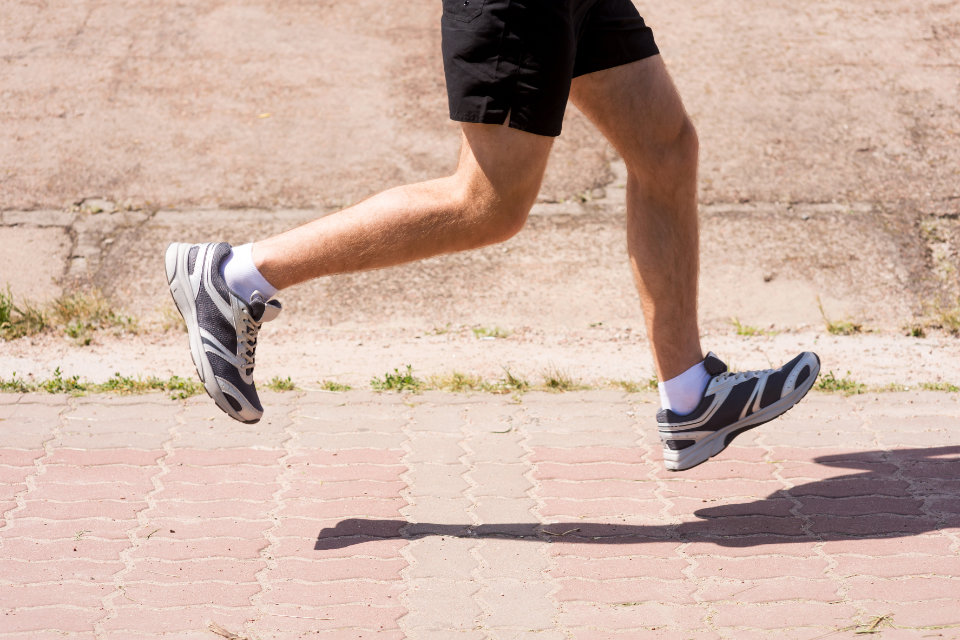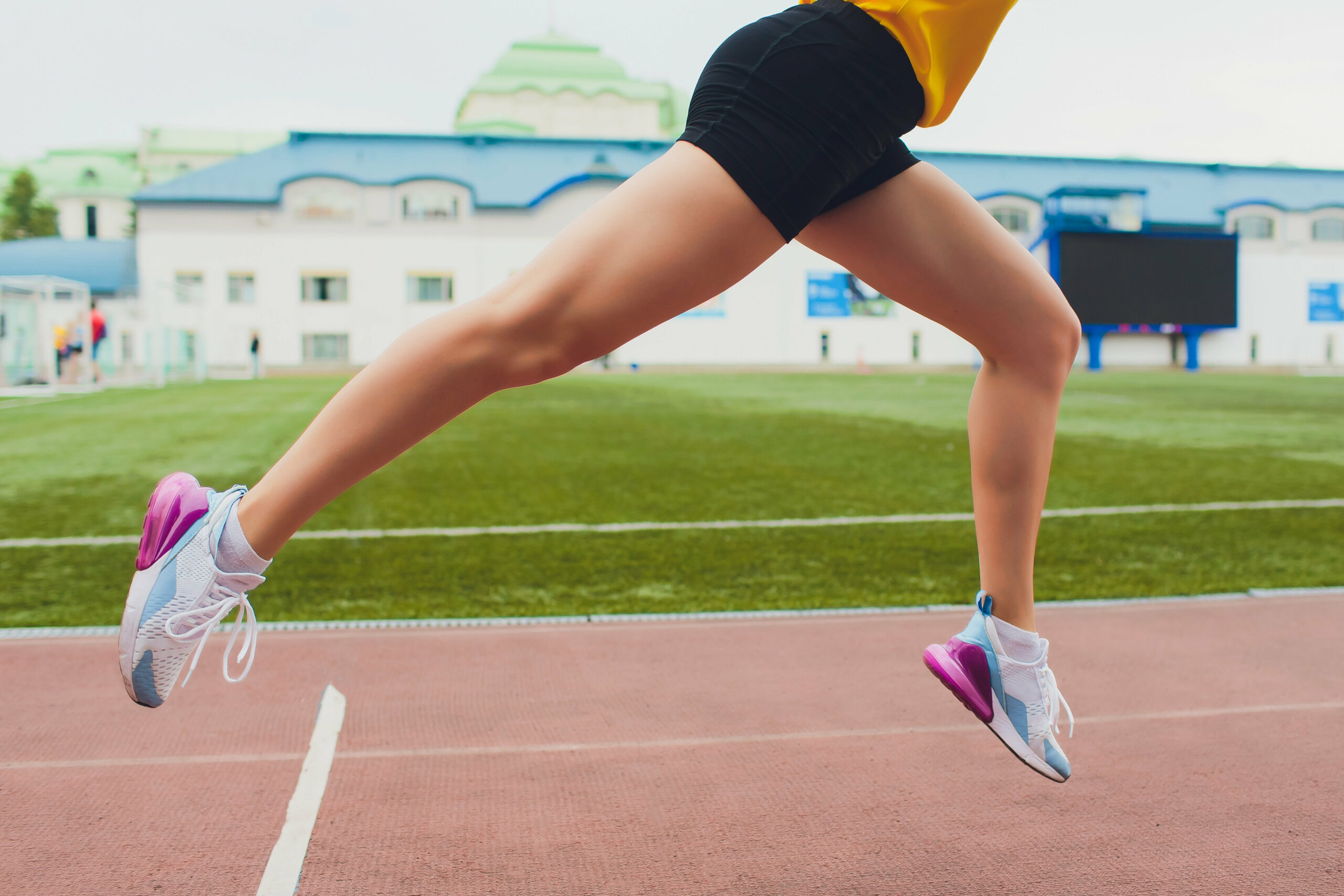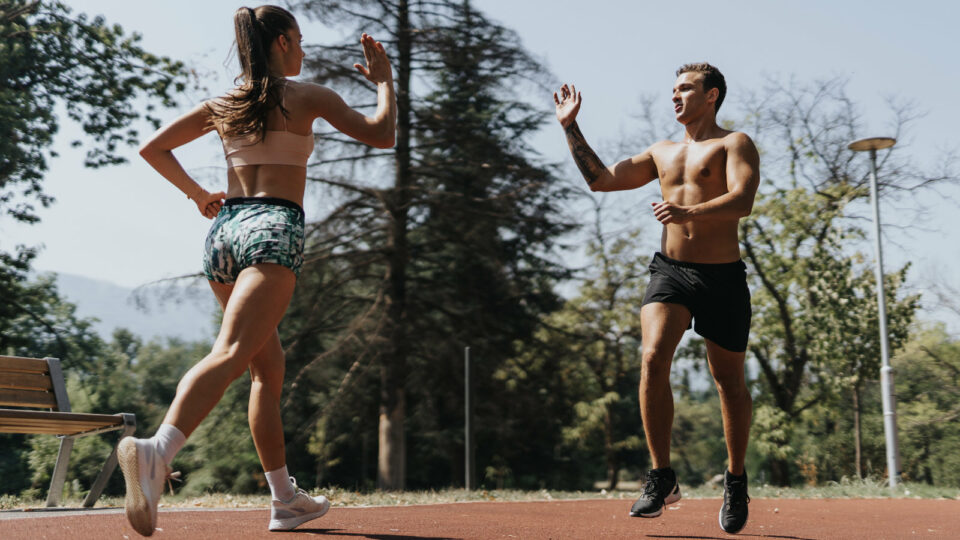Running is a simple, effective form of exercise that boasts numerous benefits for students, from boosting cardiovascular health to offering a reliable escape from academic stress. However, the benefits of running extend beyond physical health; it can also lead to improved mental well-being and enhanced concentration.
These perks are particularly beneficial for students who need to remain mentally agile and manage stress effectively. Despite its simplicity, running requires proper technique to avoid injury and maximise the efficiency of each stride.
This article serves as a guide to proper running techniques, offering easy starting advice to help students incorporate this healthy activity into their busy lives.
Table of Proper Running Techniques
1. Keep Your Running Form
Proper running form is the cornerstone of an effective running practice. It not only helps in preventing injuries but also enhances running efficiency, making each run more effective. The three fundamental aspects of good running form include posture, foot strike, and arm swing.
Posture
Keeping your body upright, yet relaxed, is crucial. A slight forward lean from the ankles, not the waist, helps propel you forward. However, this lean should be subtle and natural, not forced. It’s important to keep your head up and back straight, eyes looking ahead rather than down at your feet.
Foot Strike
The way your foot hits the ground plays a significant role in your running efficiency. Experts often debate over which part of the foot should strike first.
While some advocate for a forefoot strike, others suggest a midfoot strike as it reduces impact stress on the legs and allows for a smoother transition through the running gait. Whichever method you choose, the key is to avoid excessive heel striking, as it can lead to injuries.

Photo Credit: 123RF
Arm Swing
Your arms should swing naturally from the shoulders in a relaxed manner. Keep your elbows bent at a roughly 90-degree angle, swinging your arms in sync with the opposite leg. This counterbalance is vital for maintaining rhythm and momentum.
Mastering these components can be as crucial to a student’s routine as finding academic support, such as when they might explore options like WritePaper to manage deadlines effectively.
Just as outsourcing academic work can alleviate stress and provide time management solutions, refining running techniques can enhance physical efficiency and overall well-being.
2. Footwear and Equipment
Selecting the right footwear is arguably one of the most important decisions for any runner. The ideal running shoes should provide good support and fit your foot type and running style. For instance, runners with flat feet might look for shoes with strong arch support to prevent overpronation.
Meanwhile, those with high arches may require shoes with better cushioning to compensate for underpronation.
Besides footwear, appropriate clothing can also impact your running experience. Clothes specifically designed for running promote better moisture management and temperature control. Fabrics that wick sweat away from your body can prevent chafing and make your run more comfortable.
Moreover, a good hydration pack is essential for longer distances to maintain hydration without having to carry a bottle in your hand.
3. Warm-Up Routines for Runners
A proper warm-up routine is essential to prepare your body for the stress of running. Dynamic stretching is particularly beneficial as it involves movement-based stretches that increase blood flow and muscle temperature, which in turn enhances muscle elasticity and reduces the risk of injuries.
Examples of dynamic stretches include leg swings, walking lunges, and high knees, all of which help simulate the movements involved in running.
Additionally, a general cardiovascular warm-up such as brisk walking or light jogging for five to ten minutes can also help elevate your heart rate and loosen up your muscles.
Engaging in these warm-up activities not only prepares your physical body for the run but also gives you a mental boost, setting a positive tone for the workout ahead.
4. Core Techniques for Beginner Runners
For those new to running, mastering a few core proper running techniques can make the initial experience much more enjoyable and sustainable. First, focus on developing proper cadence, which refers to the number of steps you take per minute.

Photo Credit: 123RF
An optimal cadence is often suggested around 160-180 steps per minute. This faster turnover rate can help reduce the impact on your legs and prevent injuries. You can use a metronome app or songs with a matching beat to help maintain this cadence.
Breathing is another crucial aspect. Efficient breathing ensures adequate oxygen flow to your muscles, enhancing endurance and performance.
Try to establish a rhythmic breathing pattern, such as inhaling for two steps and exhaling for two steps, and adjust as necessary based on your intensity level. This technique can also help in maintaining a steady pace, preventing you from expending energy too quickly.
Lastly, beginners should pay attention to pacing. Start at a slow pace that allows you to maintain a conversation without getting too winded.
This ‘talk test’ ensures that you are running at a moderate intensity, which is suitable for building endurance and aerobic capacity without overexertion.
5. Common Mistakes and How to Avoid Them
Running can be immensely beneficial for beginners, but certain common mistakes can hinder progress and increase the risk of injury. Here are some typical pitfalls and tips on how to avoid them:
- Overstriding: Landing with your foot too far ahead of your body can create a braking force with each step, leading to inefficiency and increased injury risk.
Solution: Focus on landing your feet directly beneath your body. This adjustment will help maintain momentum and reduce impact forces. - Improper heel striking: Striking the ground with your heel first can lead to joint stress and injuries.
Solution: Try to adjust your foot strike to a more midfoot position, which can cushion the impact and improve running efficiency. - Neglecting rest: Compromising on rest and sleep specifically can adversely affect your running performance and overall health.
Solution: Ensure you get adequate rest each night to support your physical activities and academic demands.
By being aware of these common errors and implementing the suggested solutions, beginner runners can enhance their running experience, improve performance, and minimise the risk of injury.
Hit Your Stride: Mastering Proper Running Techniques
Starting a running routine as a student can seem daunting, but by focusing on proper running techniques and gradually integrating running into your daily life, you can enjoy all the physical and mental benefits it offers without feeling overwhelmed.
Remember to start with small, achievable goals and gradually increase your distance and intensity as your body adapts.
Embrace running as a journey of personal growth and discovery, not just a fitness activity. Each step is a step towards better health, sharper focus, and a more balanced life. So, take your first step today; your future self will thank you for it.
Whether it’s for clearing your mind before writing a paper or just to break away from the monotony of studying, running offers a refreshing escape. Keep moving forward, and let every run be an opportunity to learn more about your capabilities and limits.
What are the key elements of proper running techniques?
Proper running techniques encompass a range of elements, including posture, arm swing, foot strike, cadence, and breathing. Mastering these components can improve your running efficiency, reduce the risk of injury, and enhance your overall performance.
How can proper running techniques help me avoid injuries?
By focusing on proper running techniques, you can minimise the impact on your joints and muscles, reducing the risk of overuse injuries. For example, maintaining good posture and utilizing a midfoot or forefoot strike can help distribute the impact forces more evenly throughout your body.
How can I improve my proper running techniques?
Improving your proper running techniques takes time and practice. Start by focusing on one element at a time, such as your posture or foot strike. You can also seek guidance from a running coach or physical therapist, who can provide personalised feedback and help you identify areas for improvement.
Are there any specific drills or exercises I can do to practice proper running techniques?
Yes, there are several drills and exercises that can help you develop proper running techniques. Some popular options include high knees, butt kicks, A-skips, and B-skips. These drills help you focus on specific aspects of your form and can be incorporated into your warm-up routine.





